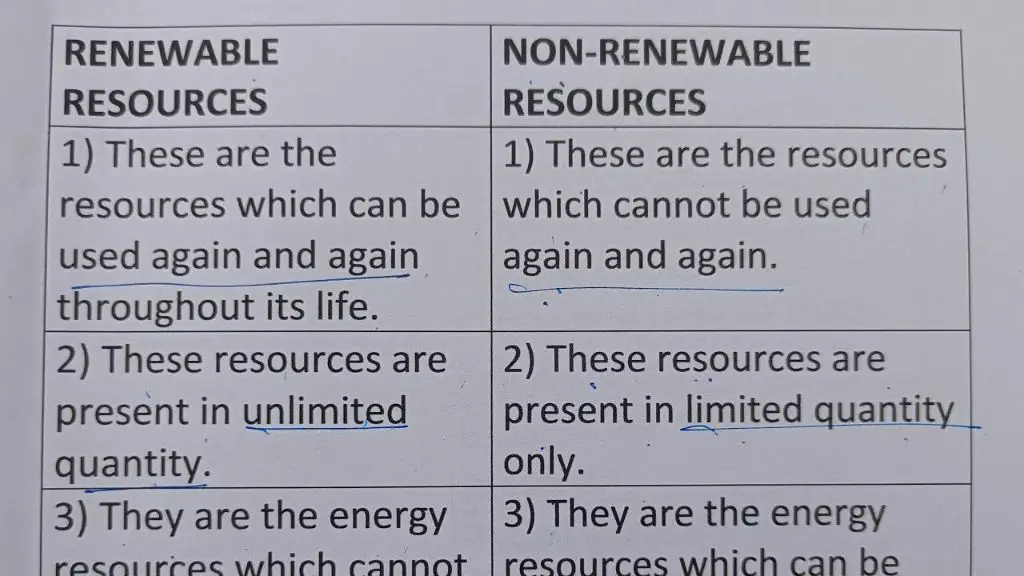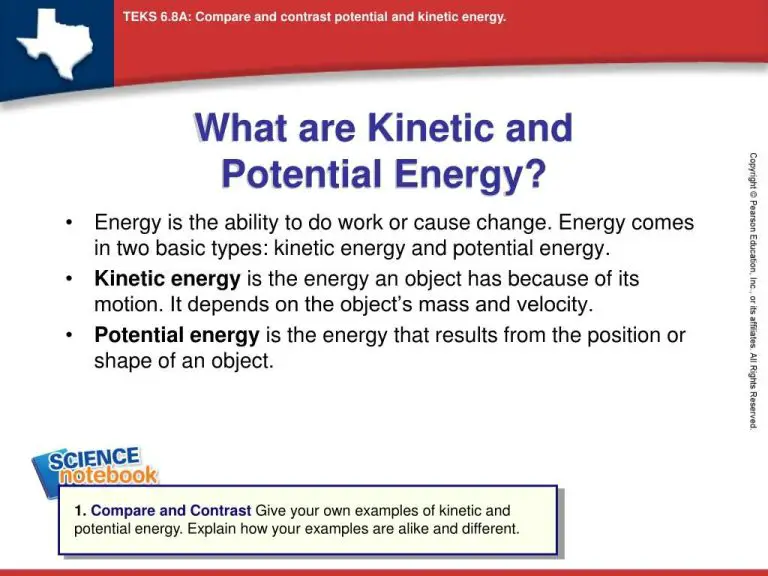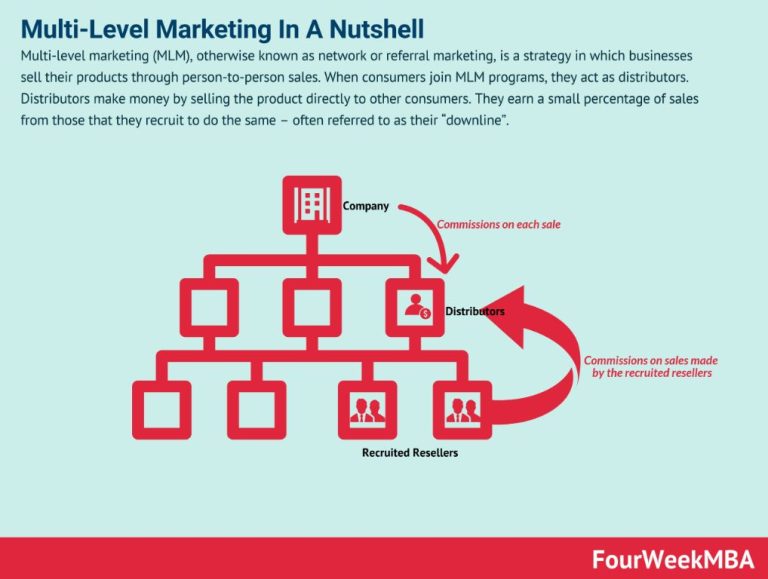What Is Difference Between Renewable And Non Renewable Energy?
Defining Renewable vs Nonrenewable Energy

Renewable energy comes from natural sources that are constantly replenished, such as sunlight, wind, rain, tides, waves, and geothermal heat. Renewable energy technologies capture these sources and convert them into usable forms of energy like electricity, heat, or fuel. Some examples of renewable energy sources include solar, wind, hydropower, geothermal, and biomass.
Nonrenewable energy is derived from sources that cannot be replenished in a short period of time. Fossil fuels like coal, oil, and natural gas are the most common nonrenewable energy sources. These sources take millions of years to form naturally and their supplies are limited. Nuclear energy is also considered nonrenewable because uranium, its fuel source, is a finite resource.
The key difference between renewable and nonrenewable energy is that renewable sources are naturally replenished, while nonrenewable sources cannot be replaced once depleted. Renewable energy is considered clean energy with lower environmental impacts. Nonrenewable energy often generates pollution and greenhouse gases. Many countries are shifting to renewable energy to promote sustainability and energy independence.
Sources:
https://www.canr.msu.edu/resources/renewable-nonrenewable
https://justenergy.com/blog/just-the-facts-renewable-energy-vs-nonrenewable-energy/
Types of Renewable Energy
There are several major types of renewable energy sources that are used to generate electricity:
- Solar power – This uses energy from the sun to produce electricity and provide lighting. Solar energy can be harnessed through solar panels and concentrated solar power plants (https://www.nationalgrid.com/stories/energy-explained/what-are-different-types-renewable-energy).
- Wind power – Wind turbines use the wind to turn blades connected to a rotor to generate electricity. Wind farms consist of many wind turbines and generate power through wind energy (https://www.eia.gov/energyexplained/renewable-sources/).
- Hydropower – Also called hydroelectric power, this uses the energy from flowing water to produce electricity through turbines in dams or run-of-river systems.
- Geothermal energy – This harnesses the internal heat of the earth to generate steam to drive turbines and produce electricity.
- Biomass – Organic materials like plants, wood, municipal solid waste are used to generate energy through direct combustion or converted to liquid biofuels.
Other renewable sources include tidal power, wave power, and ocean thermal energy conversion.
Types of Nonrenewable Energy
The major types of nonrenewable energy include:
- Coal – Coal is a combustible black or brownish-black sedimentary rock that is formed from plant remains that have been compacted, hardened, chemically altered, and metamorphosed by heat and pressure over geologic time scales. Coal is extracted through mining and is one of the world’s primary sources of energy production and electricity generation. However, burning coal produces large amounts of carbon dioxide emissions that contribute significantly to climate change and global warming.
- Oil – Oil, also referred to as petroleum, is a liquid fossil fuel that exists as deposits in certain rock strata and is pumped out of the ground. Oil is primarily used for transportation, heating, and electricity generation. Oil is nonrenewable because it cannot be replenished on a human time frame.
- Natural gas – Natural gas is a gas mixture consisting primarily of methane that was formed from buried organic matter over millions of years. Natural gas is extracted through drilling and is used as a fuel source as well as a feedstock in the manufacture of plastics and other materials. It emits 50-60% less carbon dioxide than coal when combusted but is still a nonrenewable resource.
- Nuclear energy – Nuclear energy comes from the splitting of uranium atoms in a process called nuclear fission. The energy released by fission is extremely powerful and is used to generate electricity via nuclear power plants. Nuclear energy does not directly produce carbon dioxide emissions, but uranium is a finite resource that must be mined.
These nonrenewable energy sources are considered finite because their availability is limited based on the available reserves on Earth. They cannot be easily replenished on a human timescale.
Sources:
https://greentumble.com/what-are-the-4-main-types-of-non-renewable-energy
https://www.teachstarter.com/us/teaching-resource/renewable-and-nonrenewable-energy-posters/
Renewable Energy Advantages
Some of the key advantages of renewable energy sources are that they are inexhaustible, reduce pollution, and decreases in cost over time. Renewable energy comes from naturally replenished sources, such as sunlight, wind, water, plants, and geothermal heat, making them virtually inexhaustible. Unlike fossil fuels, which are finite and being depleted much faster than new ones are being made, renewables will never run out as long as their source exists. This makes them a sustainable long-term energy solution.
In contrast to traditional energy, renewable energy produces much lower amounts of greenhouse gases and air pollutants when generating electricity. This significantly reduces pollution, improving public health and environmental quality. The use of renewables to replace conventional fuels also lowers carbon emissions, a major cause of climate change.
Lastly, while renewable energy systems generally have higher upfront costs, their costs decline over their operating lifetimes as the fuel is free. Technological improvements and economies of scale further reduce costs of renewables like solar and wind. Fossil fuels costs are far more volatile and have been steadily rising. So renewables provide a stable, low-cost energy source over the long term.
Nonrenewable Energy Advantages
Nonrenewable energy sources such as oil, natural gas, and coal offer some key advantages compared to renewable sources. The main advantages of nonrenewable energy include:
- High energy density – Fossil fuels like coal and oil contain large amounts of concentrated energy in a small amount of material. This makes them easy to transport and use for energy production.
- Reliability – Nonrenewables provide a consistent and dependable flow of energy. Power plants can access and use fossil fuels whenever needed.
- Established infrastructure – Our society has built an extensive infrastructure for producing and distributing nonrenewable energy. This existing infrastructure reduces costs compared to building new systems for renewable energy.
According to the Energy Information Administration, over 80% of the energy used in the United States comes from fossil fuels. The reliable density and established infrastructure for extracting and using nonrenewable energy contributes to its dominant role despite concerns about sustainability.
Renewable Energy Disadvantages
While renewable energy has many benefits, there are some notable disadvantages as well. One major downside is the high upfront cost. Building facilities and infrastructure for renewable energy like wind farms, solar fields, and geothermal plants requires large initial investments (1). These costs can make it difficult for renewable energy to compete with conventional sources on price alone.
Another disadvantage is intermittency in supply. Many renewable energy sources are dependent on weather and environmental conditions to generate power. For example, solar panels don’t produce electricity at night or when skies are cloudy. This can make renewable energy unreliable at times (2).
The intermittent nature of renewable energy also presents challenges in storage. Effective ways to store large amounts of energy when renewable sources are productive and release it when they are not remains an ongoing issue. Battery technologies are improving but are not a total solution yet (3).
While costs are decreasing and technology is advancing, these factors still limit renewable energy adoption. Overcoming these disadvantages will be key for renewable energy to reach its full potential.
Nonrenewable Energy Disadvantages
Nonrenewable energy sources like coal, oil, and natural gas have some major disadvantages. Firstly, they have a finite supply that will eventually run out. Fossil fuels form over millions of years and cannot be replenished at the rate they are being consumed today (Source 1). Once depleted, these energy sources will no longer be available.
Nonrenewable energies also have a significant negative environmental impact. Burning fossil fuels releases greenhouse gases like carbon dioxide and methane into the atmosphere, contributing to climate change and global warming. Extraction techniques can also damage local ecosystems and pollute water sources (Source 2).
Finally, nonrenewable energy prices can be volatile as supply and demand shifts. Global conflicts and market speculation can cause costs to fluctuate wildly. Reliance on imported nonrenewables also exposes countries to energy security risks (Source 3).
Growth of Renewable Energy
The adoption of renewable energy sources has been increasing globally over the past few decades. According to the International Renewable Energy Agency (IRENA), the share of renewables in total final energy consumption grew modestly from 17.3% in 2010 to 17.7% in 2018 (Source 1). This growth has been driven by several factors:
Falling costs – The costs of renewable energy technologies, particularly solar and wind, have declined dramatically in recent years, making them more competitive with conventional power generation (Source 2). Between 2010 and 2019, utility-scale solar costs fell 89% and wind costs fell 70% in the United States.
Government incentives – Many governments have implemented policies like tax credits, grants, renewable portfolio standards and feed-in tariffs to incentivize renewable energy adoption (Source 3). These incentives help offset costs and encourage investment in renewables.
Climate change concerns – The need to reduce greenhouse gas emissions and mitigate climate change is driving countries and corporations to set ambitious renewable energy goals. Over 130 countries have net-zero emissions targets for 2050 or earlier.
Technological improvements – Advances like smart grids, energy storage and digitalization enable higher penetration of variable renewables like solar and wind on the electric grid. These innovations support further adoption.
Despite global growth trends, the share of renewables in total final energy consumption remains modest at around 18%. However, most projections indicate renewable energy will continue its upward trend in the coming decades.
The Future of Energy
Most experts agree that the future energy mix will rely more heavily on renewable energy sources as countries work to reduce carbon emissions and meet climate goals. According to the International Energy Agency (IEA), renewables are expected to account for over 90% of global power capacity additions in the next 5 years, with solar and wind accounting for 70% of additions[1]. The IEA predicts renewables will overtake coal as the largest source of electricity generation worldwide by 2025[2].
Many countries have set ambitious renewable energy targets for the coming decades. For example, the European Union aims for renewables to provide 32% of final energy consumption by 2030[3]. The United States aims to achieve 100% carbon-free electricity by 2035. China aims to have renewables account for over 50% of total electricity generation by 2030[2].
However, the transition will take time and face challenges. Non-renewables like natural gas and nuclear may still play a role as reliable backup sources during the transition. Key challenges for renewables include grid integration, storage, and transmission capacity. But continued technology improvements and cost declines in renewables will help drive higher adoption rates.
Conclusions
In summary, the key differences between renewable and nonrenewable energy are that renewable energy comes from natural sources that replenish over time, like sunlight, wind, water, plants, and geothermal heat. Nonrenewable energy comes from finite resources like fossil fuels and nuclear energy. Renewable energy is considered clean energy with lower emissions and environmental impact, while nonrenewable energy is not environmentally sustainable long-term. However, renewable energy currently makes up a smaller share of global energy production compared to nonrenewables.
Looking ahead, renewable energy is projected to continue growing as costs fall and energy policies aim to address climate change and sustainability. Many experts expect renewables will need to supply 50-85% of electricity by 2050 to meet emissions reduction targets. Challenges remain around intermittency and storage for some renewables. But with technology improvements and grid integration, renewable energy has the potential to overtake nonrenewables as the primary global energy source this century. Ultimately, a mix of both renewable and nonrenewable sources will likely be needed to meet energy demands during the transition period.




